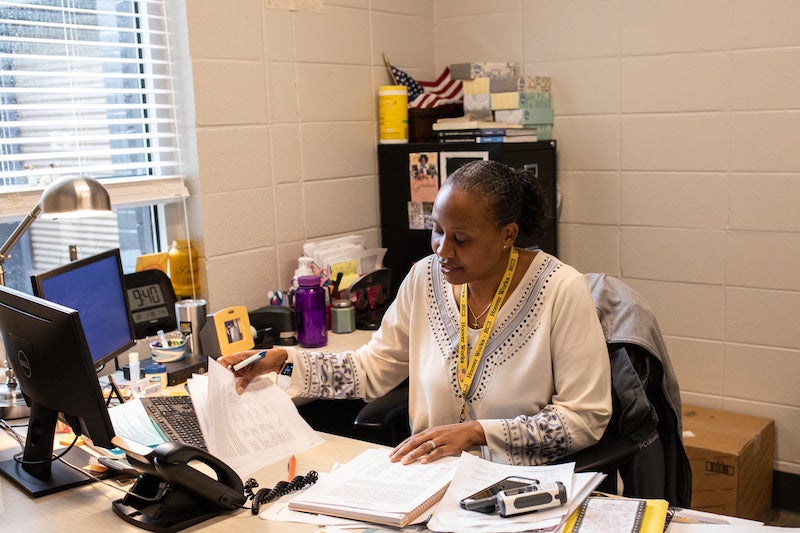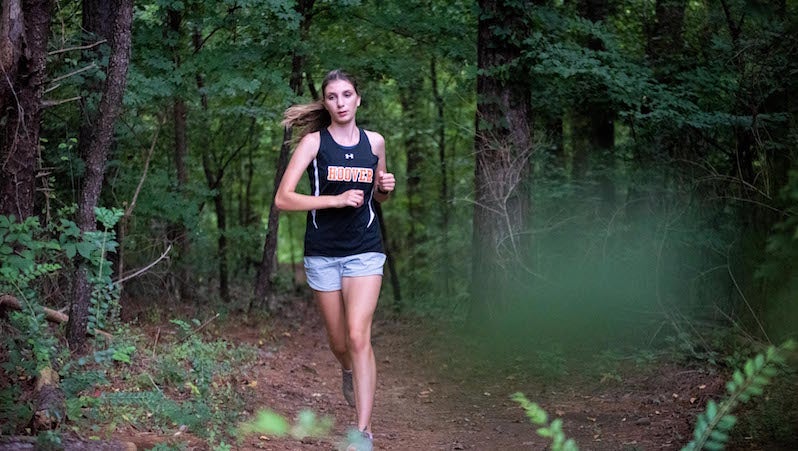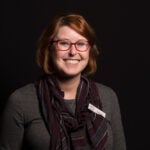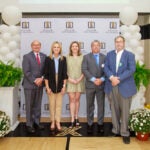High schoolers can get a head start with careers at the new Riverchase Career Connection Center.
No two students learn the same way or have the same career goals. Thanks to a new center in Hoover, there are more options to help them all be successful.
The Riverchase Career Connection Center, also known as RC3, is located in what was formerly Riverchase and Pelham middle schools. It’s open to 10th through 12th graders from Hoover, Spain Park and Homewood high schools, says Dr. Ron Dodson, RC3 director.
The former Hoover City Schools assistant superintendent, Dodson helped conceptualize and launch the center, which opened in August 2019. The goal for creating the center was to not only prepare students for college, but also give them the skills they need to thrive in the workforce — something that was much needed.
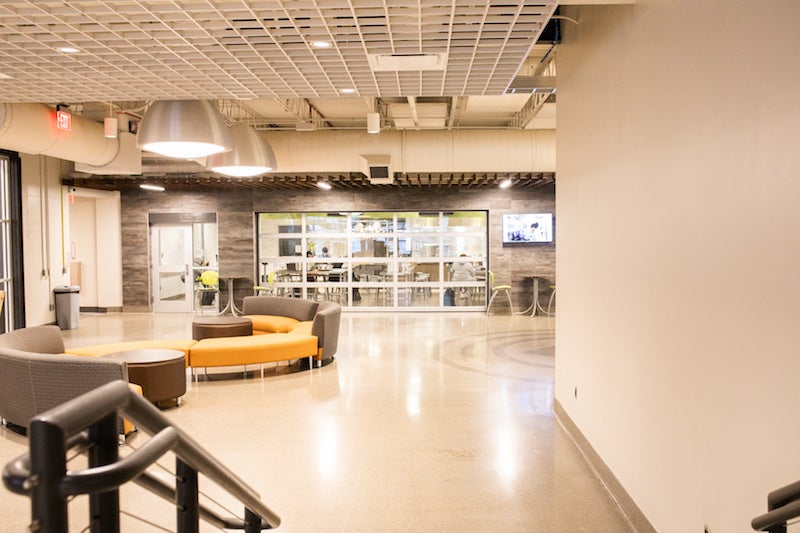
Though 90 percent of students from Hoover and Spain Park are accepted into college, only about 60 percent of those who enroll actually earn degrees, Dodson says. And the number of those who end up in a job that requires a degree is even lower.
“There are a lot of kids that need Plan B. We built this center to give them that focus on college and career readiness,” Dodson says. “The center gives them the ability to prove themselves and demonstrate they can do the job. They’re career ready — not just the technical parts of the job, but they also know how to get and keep a job.”
In its first year, the center has more than met expectations. Their original goal was to have 400 students enrolled, but they ended up with 735.
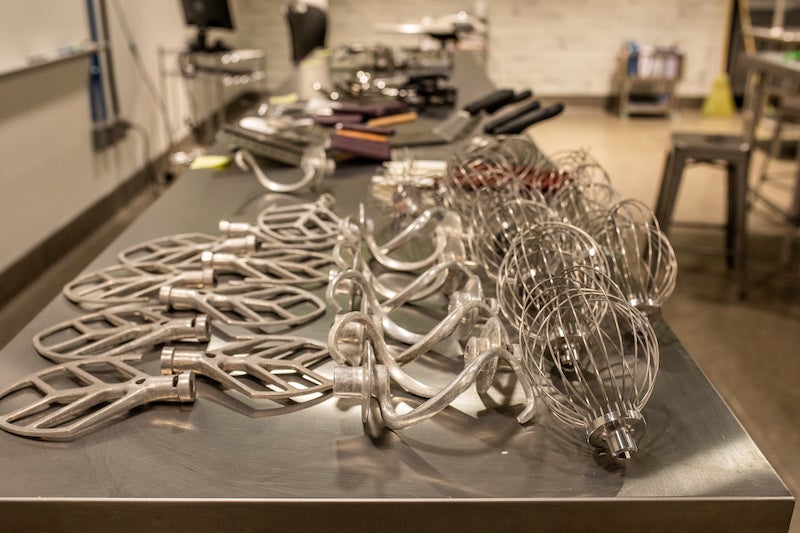
Students can choose from five anchor programs at the center: the culinary arts and hospitality, cyber innovation, fire and emergency services, health science and skilled trades academy. “You’ll see a kid in construction attire walk past a kid in scrubs and talk about their days together,” Dodson says. “It’s a good community.”
One of the students who attends the center is Skylar Todd, a junior at Hoover High School. Todd is in the fire and emergency services academy and plans to become a firefighter after college. He learns skills like how to tie knots and work with ladders, as well as about the types of building construction. A typical day for him includes his fire academy courses, academic classes and an elective, which is personal finance. “I wanted to get a head start into fire service and becoming a firefighter: I want to help people,” Todd says. “It’s a great way to get ahead and start on your career path. Or, if you don’t know what you want to do after high school, the center gives you the chance to try something new.”
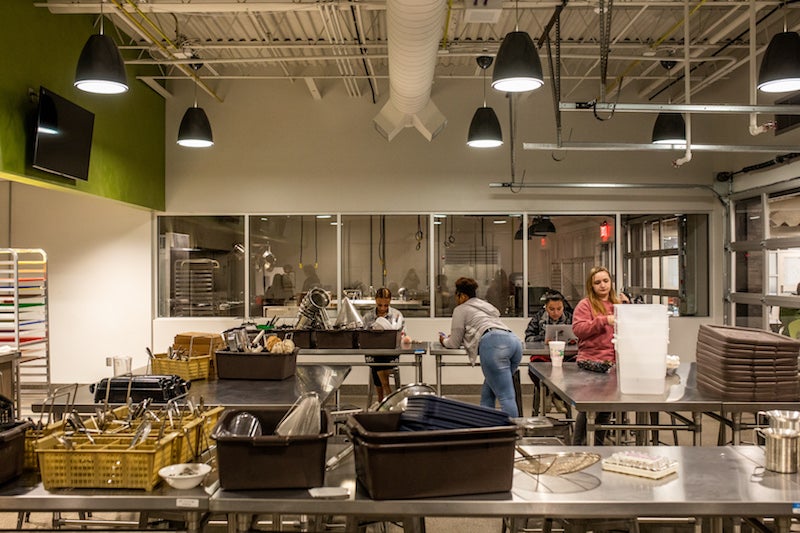
Students are treated like employees in this simulated workspace environment, so they clock in, use ID cars, wear personal protective equipment (PPE), notify the center when they will be out sick and also enjoy a common area where they can do schoolwork or take breaks. “We’re trying to be real about what the job settings are so they can find out if this is something they can do every day,” Dodson says.
That structure carries over to the faculty members and their titles, like Helena Young, human resources at RC3. “Since we are a simulated workplace, we are introducing students to the role that human resources play at a place of employment,” says Young, who also serves as social worker and guidance counselor.
Through the programs and structure, students are gaining invaluable skills to help them succeed in post-secondary education and the workforce, Young says. They’re also able to graduate high school with high-demand industry credentials, she adds. “For example, students who want to pursue a profession in the medical field have the opportunity to graduate with the patient care technician credential,” Young says. “This credential will allow students the option to work in their chosen field as they attend college or provide evidence to admission officials of their ability to work hard and achieve a goal.”
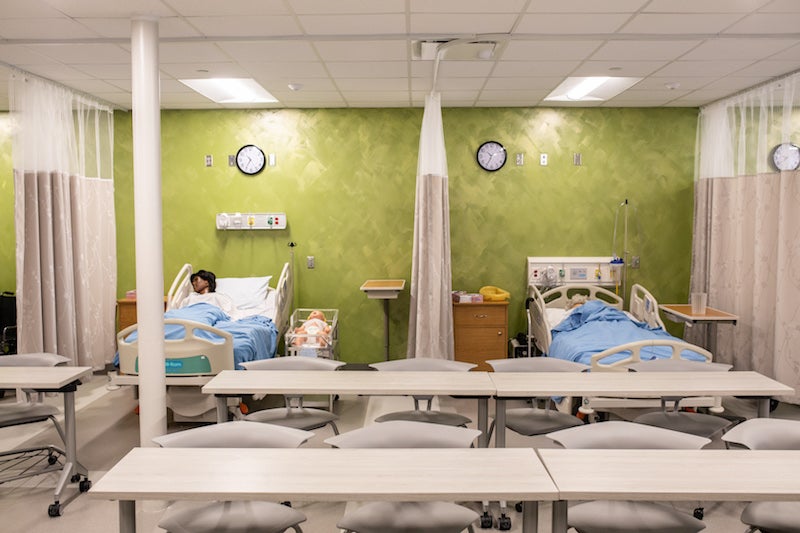
One of the best parts of her job, Young says, is seeing the students’ transformations. “We have students who are finding real connections at RC3. They are the kids that really had not found their passion before coming to RC3,” Young says. “Parents are telling us that their students are excited about coming to school. They are performing better in their academic courses. We are changing lives at RC3.”
Though they don’t plan to make major changes to the available courses this next school year, Dodson says they hope to offer programs like automotive technology, biotechnology, heavy equipment, landscaping and advanced manufacturing in the future.
They will, however, adjust the schedule to allow students the opportunity to earn two CTE credits during the school year. “Students have expressed the desire to have more time in their academy classes,” Young says. “In the end, they will gain more knowledges and experiences to help guide their career pathways.”
